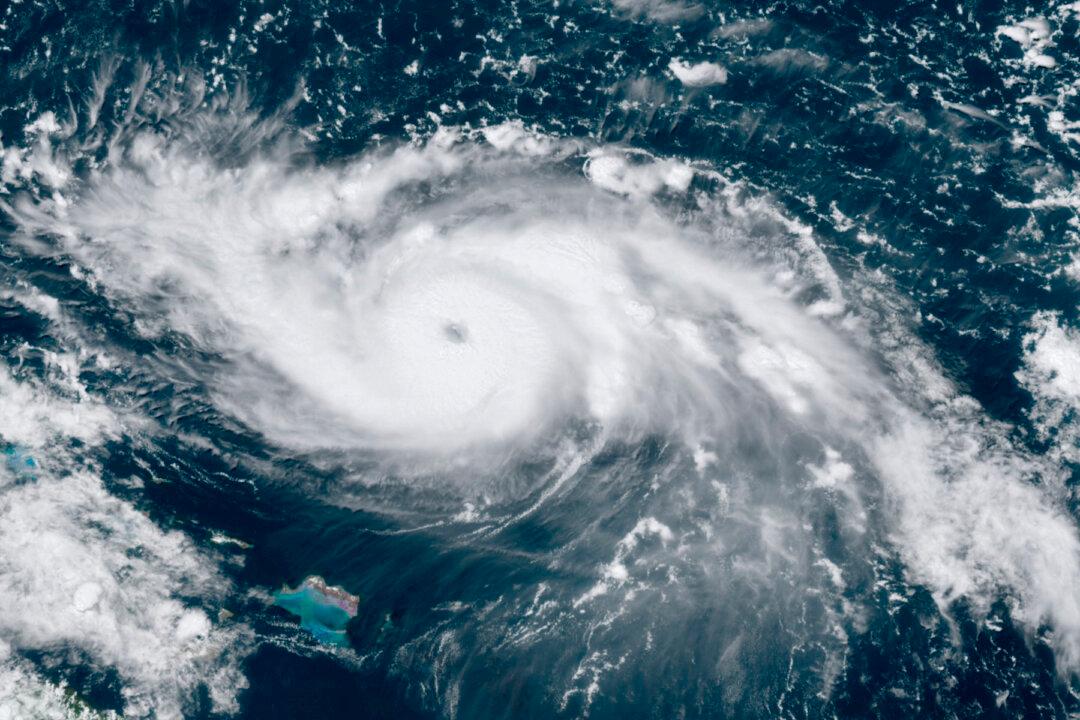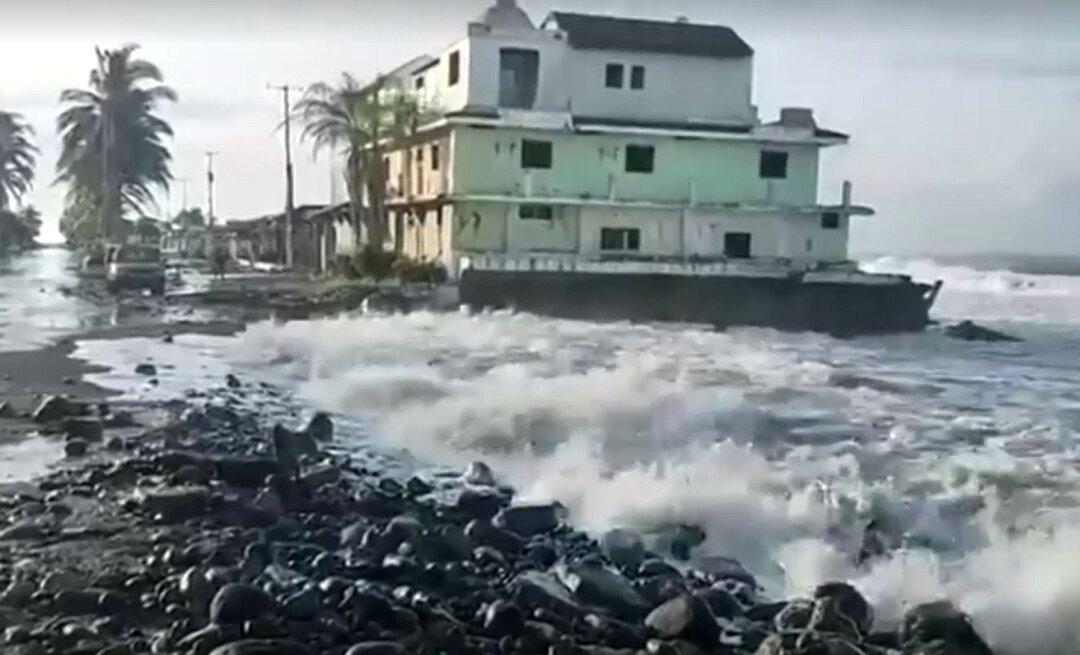Hurricane Dorian’s forecast track has become a little murkier, with the range of possibilities for landfall now including not just Florida but also the coasts of Georgia and the Carolinas.
In fact, most models now project Dorian—now a Category 4 storm—staying just off Florida’s coast Tuesday and Wednesday and eventually crashing into South Carolina’s coast Wednesday or Thursday.




